Filter by
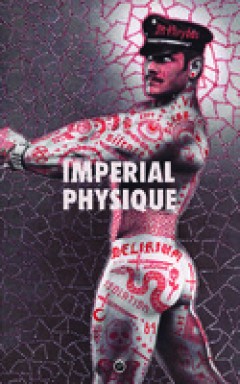
Imperial Physique
"In 2008, JH Phrydas wrote a story about how bodies talk without words. He wanted the story to not just describe the silent ritual of nonverbal communication but to perform it. The interaction would be visceral – the exchange melancholic, yet full of lust. He wanted words to retain the unsayable: the subtle movements of a body in heat. In the years since, Phrydas kept rewriting this story, us…
- Edition
- -
- ISBN/ISSN
- 9781950192533
- Collation
- -
- Series Title
- -
- Call Number
- -
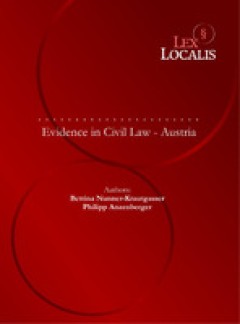
Evidence in Civil Law - Austria
This report outlines the rules on the taking and using of evidence in Austrian civil procedure law. On the basis of principles such as the free disposition of parties, the attenuated inquisitorial principle or the principles of orality and directness, the judge and the parties form a “working group” when investigating the matter in dispute. The Austrian concept of an active judge, however, …
- Edition
- -
- ISBN/ISSN
- 9789616842440
- Collation
- -
- Series Title
- -
- Call Number
- -

Age and Work Advances in Theory, Methods, and Practice
"Research on age(ing) and work often draws upon lifespan development perspectives to explain how adults “age successfully,” managing developmental gains and losses and maintaining well-being and functioning over time. There are a multitude of similar theories to consider to this end, which is both a blessing and a curse for researchers. In this chapter, we introduce a conceptual integration…
- Edition
- -
- ISBN/ISSN
- 9781003089674
- Collation
- -
- Series Title
- -
- Call Number
- -

The Songs of the Minnesinger, Prince Wizlaw of Rügen
This work originally published in 1967 was the first to treat Wizlaw in his three roles of composer, poet, and sovereign and to present his poetry in English. Thomas and Seagrave also include a bibliography, translations and music transcriptions of all his songs, and photographic reproductions of corresponding folios of the Jena manuscript.
- Edition
- -
- ISBN/ISSN
- -
- Collation
- -
- Series Title
- -
- Call Number
- -
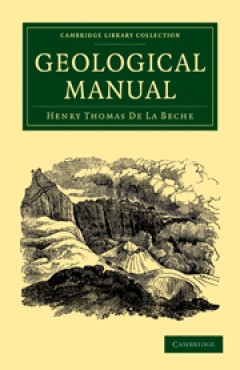
A Geological Manual
Henry De la Beche (1796–1855) was a geologist who published widely on various aspects of this science and was elected to the Royal Society in 1823. He was involved with the Ordnance Survey maps of Britain, and became president of the Geological Society in 1847. De la Beche was also instrumental in the 1851 opening of two influential institutions: the Museum of Practical Geology and the School…
- Edition
- -
- ISBN/ISSN
- 9780511973307
- Collation
- -
- Series Title
- -
- Call Number
- -
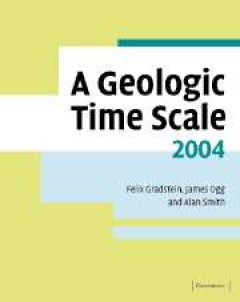
A Geologic Time Scale 2004
An international team of over forty stratigraphic experts have helped to build the most up-to-date international stratigraphic framework for the Precambrian and Phanerozoic. This successor to A Geologic Time Scale 1989 by W. Brian Harland et al. (CUP 0521 387655) begins with an introduction to the theory and methodology behind the construction of the new time scale. The main part of the book is…
- Edition
- -
- ISBN/ISSN
- 9780511536045
- Collation
- -
- Series Title
- -
- Call Number
- -

A Geographical Survey of Africa Its Rivers, Lakes, Mountains, Productions, S…
James MacQueen (1778–1870) was a British geographer and also one of the most outspoken critics of the methods of the British anti-slavery campaign in the 1820s and 1830s. Although he never visited Africa, he became an acknowledged expert on the continent, through reading all available accounts, ancient and modern, as well as interviewing slave merchants while managing a sugar plantation in th…
- Edition
- -
- ISBN/ISSN
- 9781139034562
- Collation
- -
- Series Title
- Cambridge Library Collection - African Studies
- Call Number
- -

A Geographical and Commercial View of Northern Central Africa
James MacQueen (1778–1870) was a British geographer fascinated by the problem of the River Niger. He set out to try to establish (on the basis of accounts by explorers, traders and missionaries), that one and the same river flowed continuously through Africa and into the Atlantic Ocean, thus challenging long-established beliefs that African rivers either disappeared into the sand or terminate…
- Edition
- -
- ISBN/ISSN
- 9781139034579
- Collation
- -
- Series Title
- Cambridge Library Collection - African Studies
- Call Number
- -
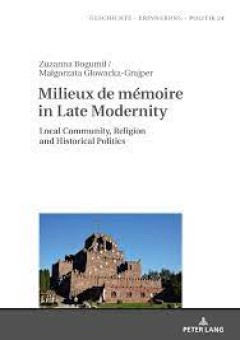
Milieux de mémoire in Late Modernity Local Communities, Religion and Histor…
This book shows how vernacular communities commemorate their traumatic experiences of the Second World War. Despite having access to many diverse memory frameworks typical of late modernity, these communities primarily function within religious memory frameworks. The book also traces how they reacted when their local histories were incorporated into the remembrance practices of the state. The a…
- Edition
- -
- ISBN/ISSN
- 9783653065091
- Collation
- -
- Series Title
- -
- Call Number
- -
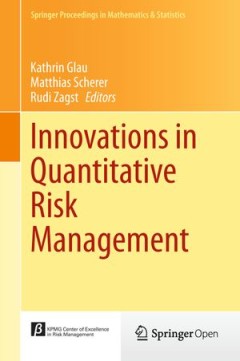
Innovations in Quantitative Risk Management
Quantitative models are omnipresent –but often controversially discussed– in todays risk management practice. New regulations, innovative financial products, and advances in valuation techniques provide a continuous flow of challenging problems for financial engineers and risk managers alike. Designing a sound stochastic model requires finding a careful balance between parsimonious mode…
- Edition
- 99.0
- ISBN/ISSN
- 9783319091136
- Collation
- XI, 438
- Series Title
- -
- Call Number
- 658 INN
 Computer Science, Information & General Works
Computer Science, Information & General Works  Philosophy & Psychology
Philosophy & Psychology  Religion
Religion  Social Sciences
Social Sciences  Language
Language  Pure Science
Pure Science  Applied Sciences
Applied Sciences  Art & Recreation
Art & Recreation  Literature
Literature  History & Geography
History & Geography